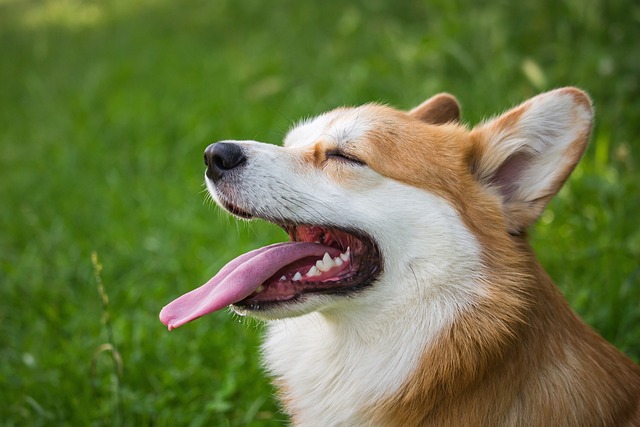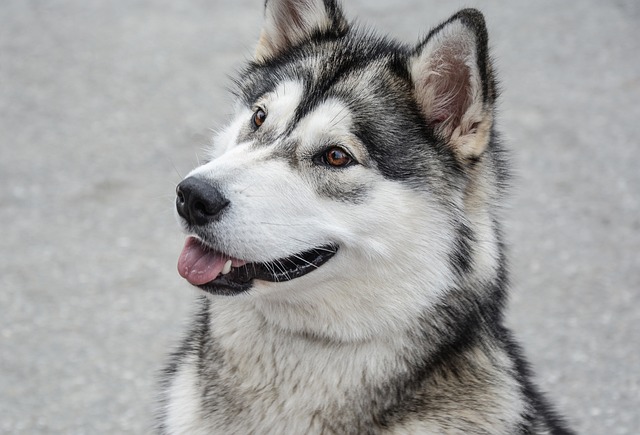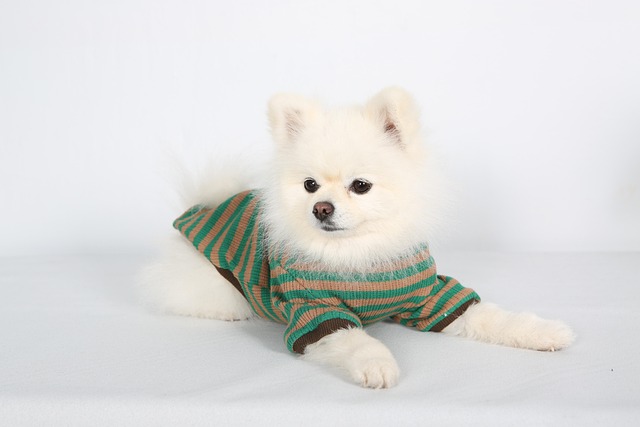
What vitamin is good for dogs' skin
Seeing your dog constantly scratch or noticing dry, flaky skin can make you wonder if a simple vitamin might be the solution.
You’re sipping coffee in your Austin apartment when your Siberian Husky starts leaving drifts of fur that rival Texas tumbleweeds. That shedding marathon has a lifespan – but its duration depends on nature’s blueprint and your lifestyle. For healthy double-coated breeds, seasonal "coat blows" typically rage for 2-6 weeks. Spring shedding (losing winter insulation) often wraps faster – think Michigan Labs finishing in 3 weeks as lakes thaw. Fall shedding (building cold-weather coats) drags longer – Colorado Mountain Dogs might shed 6 weeks as aspens turn gold. But your rescue Shepherd mix in a climate-controlled New York high-rise? Artificial lighting could mean year-round moderate shedding that defies seasons.
Understanding the biology helps you navigate the timeline. Daylight and temperature shifts trigger hormonal changes that release undercoat. Healthy dogs complete this process within a month, but modern life complicates things. Poor nutrition (especially diets low in omega-3s), stress from cross-country moves, or allergies to blooming ragweed can stretch shedding to 10+ weeks. Medical red flags like thyroid disorders or parasites cause endless shedding cycles – that "seasonal" fur loss in your Boston terrier might actually need veterinary intervention.
Take charge with science-backed strategies. Before peak seasons, invest in breed-specific tools: an undercoat rake melts away Golden Retriever fluff in minutes. Brush during morning walks in Portland parks to avoid fur-bombing your apartment. Stir EPA-rich fish oil into meals – studies show it strengthens follicles within 8 weeks. For thunderstorm-triggered shedding, freeze bone broth in lick mats instead of scolding; cortisol reduction matters more than perfect carpets.

Responsible ownership continues through the fur storm. Always carry biodegradable waste bags – shedding doesn’t excuse skipping poop duty ($300 fines in Seattle). In pet-friendly buildings, vacuum shared elevator carpets after grooming sessions. Culturally, remember that rubbing a dog’s nose in shed fur is considered abuse; reward them with training treats for settling on washable blankets instead. Positive reinforcement builds cooperation during high-stress shedding months.
Urban life demands clever adaptations: run HEPA filters in Chicago studios, use lint rollers before shared laundry days, and schedule professional grooming during heavy shedding. Notice your elderly Pug’s patchy fur lasting 12+ weeks? Skip internet cures and visit an AAHA-accredited vet – thyroid issues commonly mimic prolonged shedding in seniors.
Climate rewrites the rules: Florida Bulldogs may shed lightly year-round while Minnesota Huskies experience intense seasonal explosions. Track patterns in a grooming journal – if heavy shedding exceeds 8 weeks or shows bald spots, seek veterinary help immediately. That fur blizzard isn’t personal; it’s nature’s smart survival strategy playing out on your hardwood floors.

Seeing your dog constantly scratch or noticing dry, flaky skin can make you wonder if a simple vitamin might be the solution.

If you’re a new dog parent in the US—maybe you’re sitting on your Portland apartment couch, staring at your 1-year-old Australian Shepherd

If you’re a new dog parent in the US—maybe you’re sitting on your Atlanta apartment floor, holding your 6-week-old Beagle puppy, Daisy, who’s curled up in your lap

If you’re a new dog parent in the US—maybe you’re standing in your Denver apartment’s kitchen, staring at a bag of high-quality puppy kibble and a bottle

Seeing your puppy grow daily is amazing, and it’s natural to want to give them every advantage, including supplements.

Brown stains on white dog fur aren’t just unsightly—they can also hint at underlying issues like tear duct irritation or poor grooming habits, which matter even more when you’re following local pet care laws.